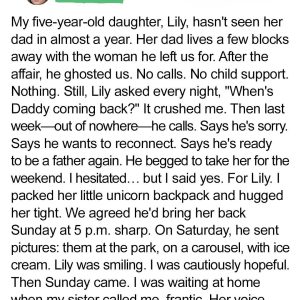As international tensions rise—exacerbated by events like recent U.S. airstrikes on Iran’s nuclear facilities—fears of a nuclear conflict are no longer confined to history books or distant hypotheticals. Experts stress that the first ten minutes after a nuclear explosion are crucial to survival. The International Commission on Radiological Protection (ICRP) advises immediately seeking shelter in a basement or the center of a sturdy building. Fallout, the invisible and deadly radioactive particles released after a blast, begins to fall within minutes, making swift action essential. Historical examples like Eizo Nomura, a Hiroshima survivor just 170 meters from ground zero who lived because he was in a basement, show that shelter can mean the difference between life and death.
Ideal shelters include underground garages, subway tunnels, or the innermost rooms of thick brick or concrete buildings. Seal windows and doors to reduce radioactive exposure. Mental preparation is equally vital: have an emergency kit with water, non-perishable food, a flashlight, radio, and first aid supplies. Senator JD Vance’s anecdote about Donald Trump pressing a desk button—later revealed to summon Diet Coke—humorously illustrates how real the nuclear threat feels in global politics. In a crisis, don’t waste time recording or watching the blast. Immediate sheltering, not curiosity, saves lives. Understanding these steps before disaster strikes gives you and your loved ones the best possible chance at survival in an unthinkable scenario.





